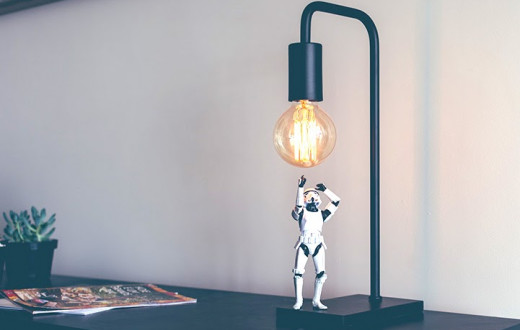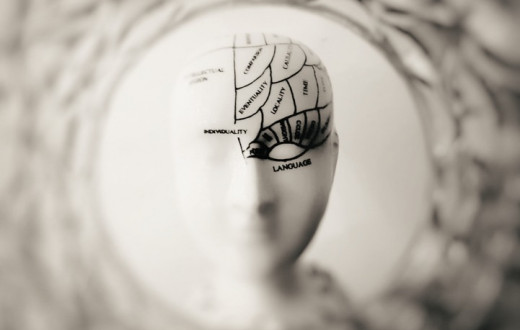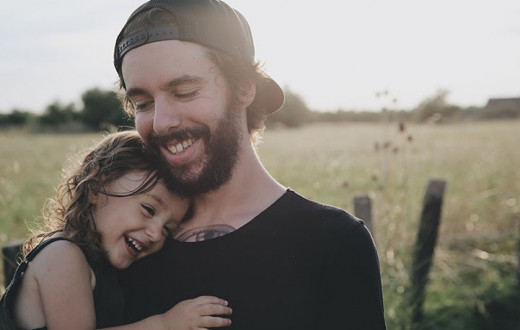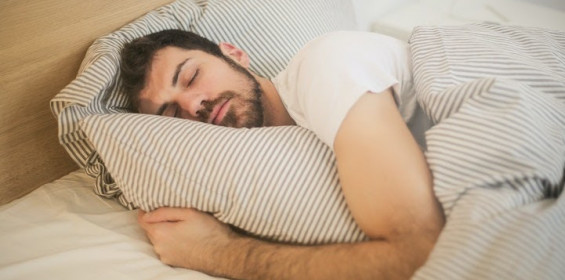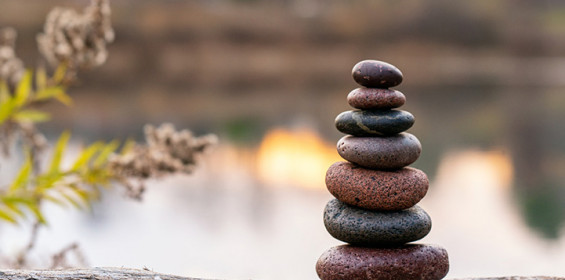By Sejal Shah
Besides prescription medicines, breathing exercises help lower your blood pressure as per studies. Find out how and try these 4 easy techniques today.
Do you often get spells of dizziness, lightheadedness, or palpitations? Or do you feel sweaty, tired, and nervous? Chances are that your blood pressure may be shooting higher than normal limits, and it would be a good idea to get it checked by your healthcare provider soon. In addition to prescription medications, there are many ways to manage this condition. Exercising, limiting salt intake, maintaining a healthy diet, quitting smoking, and deep breathing can help lower blood pressure.
According to several studies, as indicated further in this article, slow, deep breathing techniques work on a cellular level to reduce blood pressure and promote heart health.
Blood pressure: basic facts
According to the American Heart Association, nearly half of all adults in the United States have high blood pressure. The term “blood pressure” refers to the pressure blood exerts on the blood vessel walls. High blood pressure is when your blood pressure is consistently too high, specifically above 130/80 mmHg.
What is high blood pressure or hypertension?
Normal blood pressure varies slightly from person to person. For your bodily systems to function smoothly, blood pressure needs to be regulated. The new guidelines released by the American Heart Association consider 120/80 as the standard blood pressure limit. Between 120/80 and 130/90, is called pre-hypertension. Anything above 130/90 is hypertension and is considered dangerous.
Though BP generally varies throughout the day, being higher at work and lowest when a person is sleeping, it can damage your heart and cause health problems if it stays chronically high. High blood pressure is also called hypertension. If the blood vessels are not relaxing normally, and if there are blockages in the arterioles, it can increase blood pressure. Older people, and those with undetected or neglected stress levels, are at greater risk for high BP.
Causes of high blood pressure
Essential hypertension is the most common type of hypertension found. It is an independent condition. This means that it is not triggered by other medical conditions like diabetes, heart-related problems, or kidney malfunctioning.
Stress is a major factor that causes hypertension. When you are under stress, your heart beats faster and your blood vessels tend to contract to cause high blood pressure.
There are other factors such as adverse lifestyle choices - smoking, drinking alcohol, lack of exercise, eating foods high in sodium and low in potassium, obesity.
Controlling High Blood Pressure
Keeping your blood pressure levels in a healthy range usually involves taking medications, reducing sodium in the diet, getting daily physical activity, and quitting smoking. In addition to all these, deep breathing exercises have shown to be very effective in lowering hypertension.
How breathing exercises help lower high blood pressure
Let’s do a little experiment.
Sit up tall, relax your body and close your eyes. Take an easy deep breath in while you count to five, then exhale to count to five. Go ahead and try this right now for six breaths. It feels good, doesn’t it? Breathing to lower blood pressure can be an effective strategy. Here is how breathing exercises work to lower your blood pressure:
First, it helps to calm your sympathetic nervous system and your fight-or-flight response. This lowers feelings of stress
Secondly, deep breathing activates your parasympathetic nervous system that is responsible for the “rest and digest” reflex. When this happens, the heart rate also decreases and blood vessels dilate, which allows blood to reach the extremities
You also begin to increase blood flow to your body’s tissues, which reduces resistance in your blood vessels
Your diaphragm moves up and down nicely, which facilitates blood flow towards the heart
Because of all of these, you start to lower your blood pressure.
There are many more pieces of evidence suggesting that deep breathing can lower blood pressure.
4 breathing exercises to lower your blood pressure
While healthy lifestyle habits contribute to maintaining your blood pressure, the role that your own breath can play to lower your high blood pressure is highly effective and too good to ignore. Try these 4 techniques when you are stressed and when your BP is high. Before starting out, make yourself comfortable on a chair in a quiet room and silence your phone if possible.
1. 30-seconds breathing exercise: A 2005 study showed that simply taking six deep breaths in a period of 30 seconds reduced systolic blood pressure by 3.4 to 3.9 units compared to just sitting quietly.
How to do:
Sit nice and tall. Relax your neck, shoulders, and whole body.
Have a clock in front of you.
Take 6 deep breaths in and out in 30 seconds.
You will start to feel calmer and better.
Repeat if needed.
2. Diaphragmatic breathing (a component of Full Yogic breath) : A 2003 study backed the effectiveness of diaphragmatic breathing in lowering blood pressure. According to John Hopkins Hospital, diaphragmatic breathing allows the body to trade more incoming oxygen for outgoing carbon dioxide. This causes the heart rate to slow and can lower or stabilize blood pressure. Using your diaphragm also activates your vagus nerve, which is the nerve in your body that triggers your body’s relaxation response (the PNS) and lowers the body’s stress response (the SNS).
How to do
Sit comfortably with your back straight and relax your body, or you can also lie down on your back on your bed.
Place one hand on your belly and the other one on your chest.
Gently breathe in through your nose and feel your hand rising with the expansion of your belly. The other hand on the chest remains still.
Hold your breath for a second.
Then, slowly start exhaling either through your nose or through pursed lips.
As you do so, your belly flattens, with your hand falling back down.
Repeat for 5-10 breaths.
3. Alternate nostril breathing: According to a 2019 study with a randomized controlled trial design, alternate nostril breathing resulted in a reduction in systolic blood pressure. A total of 170 and 85 individuals were allotted to each group. Patients in the study group were instructed alternate nostril breathing exercise two times a day (10 min duration of exercise each time) for 5 days along with routine treatment, and patients in the control group underwent routine treatment. There was a marked reduction in systolic blood pressure (BP), diastolic BP, heart rate, and rate pressure product after the continuous 5-day alternate nostril breathing exercise in the study group.
How to do: Watch this video to learn this simple and highly effective yoga pranayama (breathing technique).
4. SKY Breath Meditation: A 2011 study showed that those people who practice this rhythmic breathing meditation have healthier heart rates and blood pressure values.
How to do SKY Breath Meditation:
This powerful breathing practice can be learned under the guidance of a well-trained Art of Living instructor at SKY Breath Meditation Course either online or in-person. To know more about it, you may begin by attending a free online introductory session. In this Beyond Breath interactive session, you will not only learn about SKY but also will do a peaceful meditation guided by a live instructor.
Your heart health is very important. Go for regular heart check-ups and consult your health care provider if you observe any signs of heart issues. If you are someone who currently struggles to maintain normal blood pressure and good heart health because of diseases or conditions like diabetes and anxiety, along with prescription medications and other practices like healthy eating, regular exercise, and proper hydration, discuss with your physician and consider learning and practicing these breathing exercises and meditation. This is especially true if you know heart disease runs in your family. It is best to learn these breathing techniques to lower blood pressure now to help prevent issues from showing up sooner rather than later. Take charge, be proactive about your heart health, and improve your overall quality of life.
Sejal Shah, E-RYT 500 Sri Sri Yoga Teacher, YACEP, C-IAYT, Meditation Teacher, SKY Instructor, NYU Post Graduate Medical School approved Yoga-CME retreat facilitator, Mind-Body Wellness Writer, Homeopath. She can be followed on YouTube, Instagram, Twitter, and Facebook.







